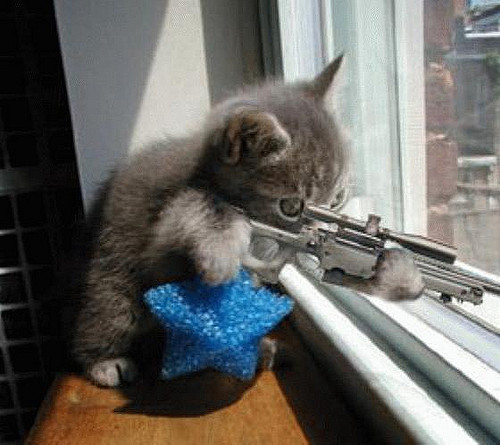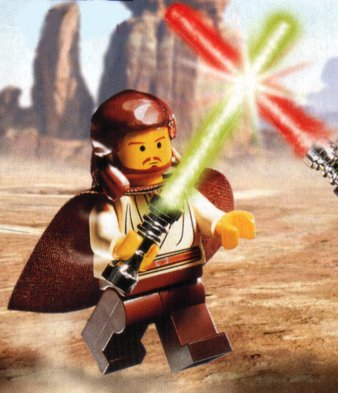Article: U-Street
I'm always torn about posting articles touting the amazing neighborhoods in DC. On one hand, I love this city and want to be proud of it. On the other hand, I can't afford to buy a home and never will if the housing market stays at its current searingly high levels. So in dispelling the myths about crack dealers and lousy living conditions, I'm actually shooting myself in the foot. So let me be clear: Come to DC, eat somewhere, buy something, if at all possible invest in one of our thriving businesses, and then leave. DO NOT MOVE TO MY CITY! It's too crowded as it is.
From the NY Times:
From now on I'm just going to post full articles. This blog is here for me to use as an online library, and using links or comments is just too undependable.
From the NY Times:
June 12, 2005
A Revitalization For Washington's U Street Corridor
By GAY JERVEY
FOR much of the first half of the 20th century, the U Street area of Washington thrived as the heart of the city's African-American community, pulsing with culture, entertainment and soul. Duke Ellington was born there, and over the years, musical legends like Count Basie, Ella Fitzgerald, Cab Calloway, Pearl Bailey and Dizzy Gillespie performed at local clubs and at the legendary Howard Theater.
"In segregated Washington, D.C., U Street was the place to be," said Merrick Malone, a local real estate developer. "It was like D.C.'s Harlem and the Apollo Theater, the epicenter of African-American life here."
All of that was shattered in the 1968 riots after the assassination of the Rev. Dr. Martin Luther King Jr. Much of U Street burned. "After that, the neighborhood disintegrated - drugs, prostitution, the whole nine yards," Mr. Malone said.
"The riots went up and down the spine of 14th Street, and then east and west along U Street," said Malcolm N. Carter, an agent with Long & Foster Real Estate in Washington. "Many businesses were burnt out, and the street went into disrepute and disrepair, which was a shame because it had such strong roots in the African-American community."
During the 1980's, the "U Street Corridor," as it is commonly referred to, was further paralyzed by construction delays with the Metrorail line, said Scott Pomeroy, the executive director of the 14th and U Main Street Alliance. "That really killed most of the businesses that had survived the disturbances of the 1960's and the drug wars of the 1970's."
Kamal Ben Ali, whose family owns Ben's Chili Bowl, one of the few establishments on U Street to survive the riots of 1968 and the area's subsequent deterioration, said it became a ghost town. "They just tore the whole place up," he said, "and business came almost to a standstill."
But the U Street Corridor has since had a rebirth. "In the last six years, real estate values have nearly quadrupled," Mr. Pomeroy said. "Well over 10,000 new residents have moved into the area."
Indeed, the Washington real estate market in general is booming, fueled by, among other things, the many jobs created by the Department of Homeland Security. "There is a revitalization going on in D.C," said Bo Menkiti, president of the Menkiti Group at Coldwell Banker. "And the U Street area is probably one of the trendiest, hottest spots, as people are priced out of places like Adams Morgan and Dupont Circle."
Maybe so, but it was not always clear that early investors in its rebirth would ever get their money back.
"People told us all of the time that we were crazy to be investing in the U Street Corridor," said Ali Honarkar, whose company, Division One Architects, bought a parking lot and a deserted crack house in 2000 to develop five modern-style 2,200-square-foot row houses.
The naysayers have been proved wrong. In March 2002, Division One sold the first house for $400,000, and in December 2003 it sold the last unit for $850,000. In November 2004, the first buyer sold his home for $950,000, said Mr. Honarkar, who has lived with his family in one of the units since June 2002.
"But it definitely took a leap of faith," he said. "When we first moved in, there were cars on cinderblocks on our street, abandoned cars being used for parts, and prostitutes all over the place. And now the street is full of luxury cars and people tending to their gardens. People call it the new uptown - suddenly like the SoHo of D.C. And you can't believe this has happened in three years."
Chris Donatelli, the president and chief executive of Donatelli & Klein, one of the earlier residential developers of the U Street neighborhood, bought the two-acre abandoned site of the former Children's Hospital in 1998 for $1.6 million to make way for Harrison Square, a community of 98 town houses. Donatelli & Klein broke ground in February 2000 and immediately began selling units.
One of those who moved to Harrison Square was Heather Harrison, 36, a software developer who with her husband, Harry, 40, bought a 1,500-square-foot town house for $340,000 in 2000. "We were living on Dupont Circle at the time and wanted to buy a larger place, but could not afford to stay there," she said. "My husband said we should look at these new town homes that were being developed in this U street area, and I said, 'No way am I living over there.' "
Ultimately, Mr. Harrison, a visual designer for stores, prevailed. After their move, there were times when Mr. Harrison had his doubts. "There was still a lot of shadiness," he said. "The girls were still walking the streets. I could stand at my kitchen window and watch the drug deals going on. Then gradually, the crack houses were being sold and razed. People were buying run-down properties and rehabbing them. So it started to change, seemingly one block at a time."
In March 2004, the Harrisons, who by then had a 2-year-old daughter, Sabena, sold their Harrison Square property for $589,000 and moved to a 3,000-square-foot house with lots of outdoor space one block away, for which they paid $920,000. "Our town house was on the market for one day," Mr. Harrison said. "We were going to have an open house, and we had a knock on the door from a couple who also lived in Harrison Square but were renting, and they wanted to buy. And the next day we had an offer from them. It was very fast. The market is very hot."
Part of the neighborhood's appeal is its sheer convenience. "We are right in the heart of the city," said Louis Nayman, a union organizer who moved with his wife, Carmel, to Harrison Square in August 2001, after raising a family for more than 20 years in suburban Maryland.
"It is a 15-minute walk to Dupont Circle and Adams Morgan," he said. "I can ride my bike to work. You don't have to commute, and believe me commuting was tough."
The neighborhood appeals to an eclectic mix of people.
"We wanted to be in a diverse urban setting where we could walk to work, to restaurants and cafes and be close to the Metro," said Jennifer Kates, 38, a vice president and director of HIV policy at the Kaiser Family Foundation, who moved to Harrison Square from San Francisco with her partner, Sue Noseworthy, 36, in February 2002. "That was very important to us."
Carlos Garcia, a corporate software lawyer who also owns property in the area, agreed. "Gays, straights - I think that that is what U Street is all about," he said. "It is a mishmash of people."
From now on I'm just going to post full articles. This blog is here for me to use as an online library, and using links or comments is just too undependable.







